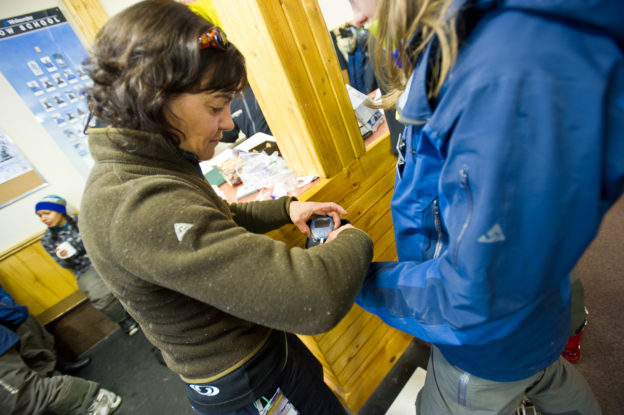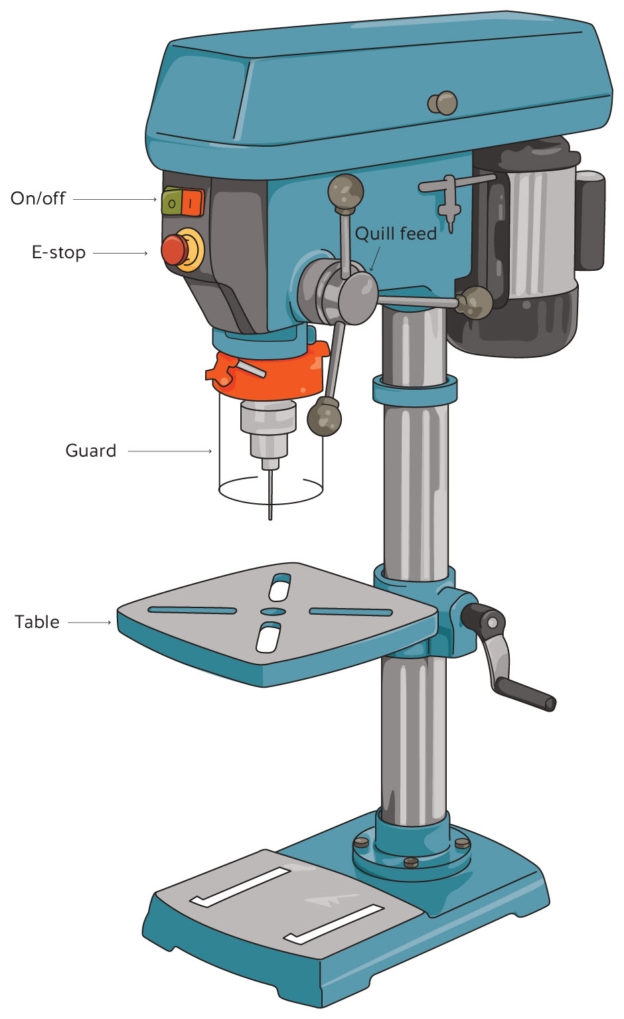
WorkSafeBC regularly revises Occupational Exposure Limits (OELs) for chemical substances. Manganese was one chemical substance discussed at the last review. Potentially harmful chemicals are present in many workplaces. So how can employers know how much chemical exposure is too much? That’s where Occupational Exposure Limits (OELs) come in. To learn more about OELs, I spoke […]











